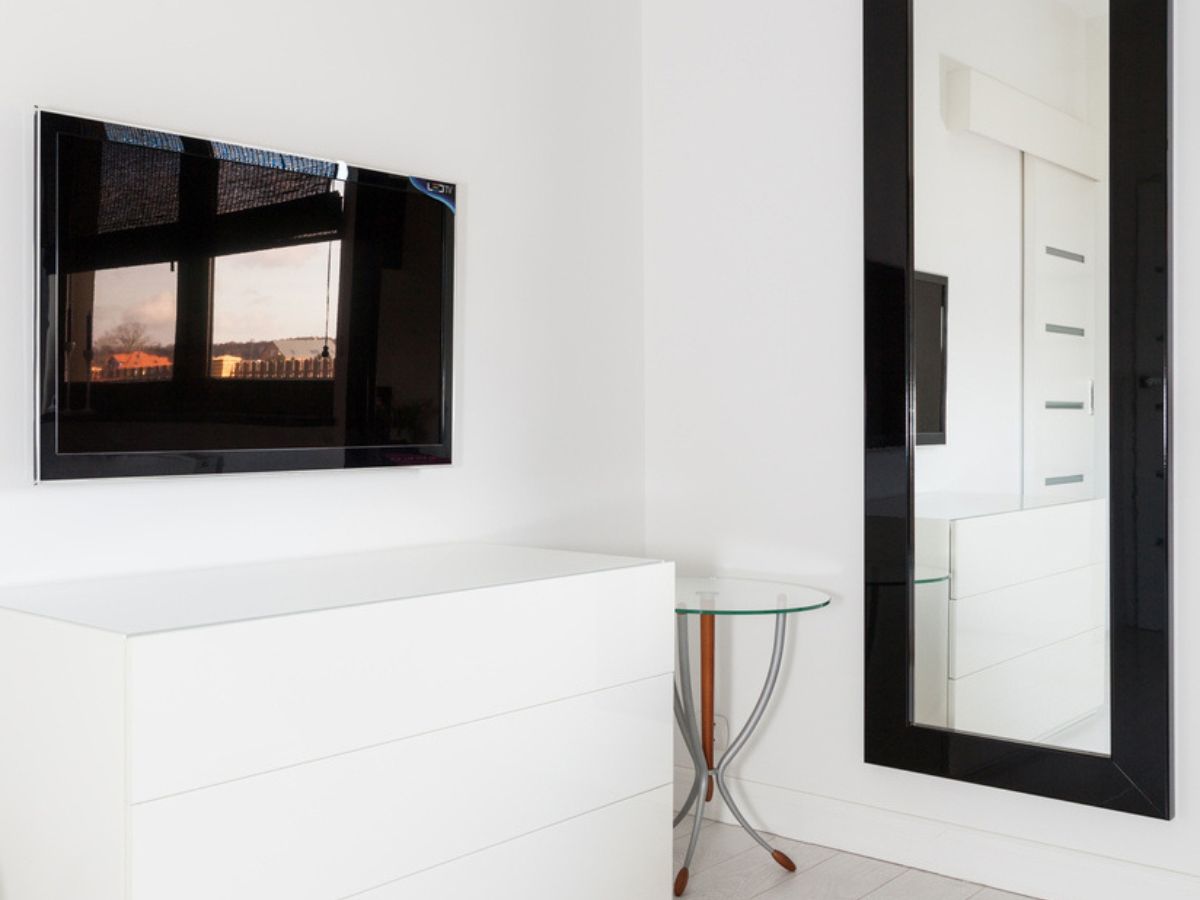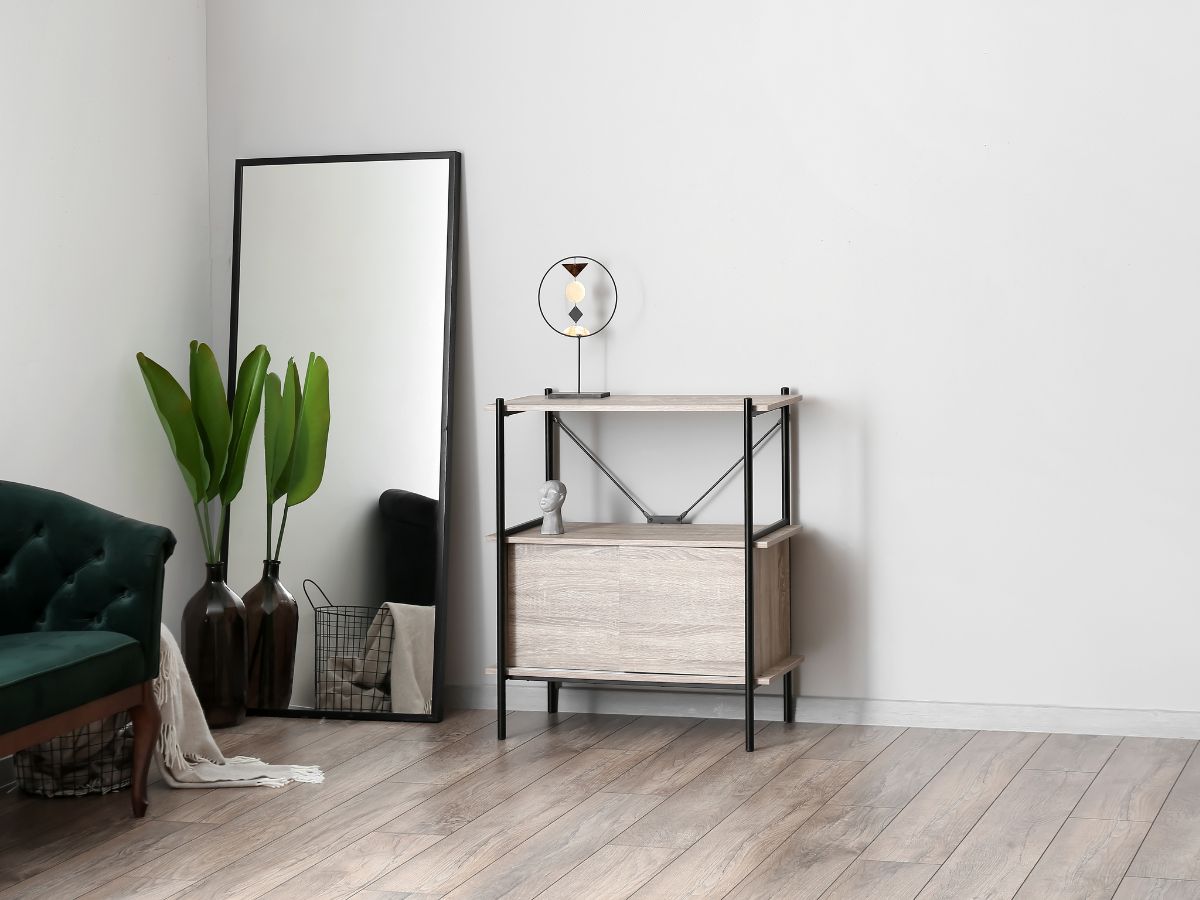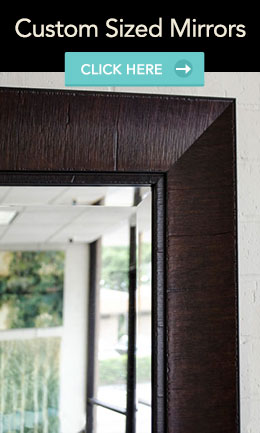
Should I Hang a Mirror Horizontal or Vertical? How to Choose the Right Orientation for Your Space
In interior design, a mirror is a tool for shaping perception, light, and balance. One of the most common questions designers face is whether a mirror should hang horizontally or vertically. The right choice depends on proportion, purpose, and spatial context.
Let’s break down the principles that guide this decision for homeowners, remodelers, and design professionals.
1. Horizontal Mirrors: Expanding Width and Balance
A horizontal orientation emphasizes width and creates a sense of calm and continuity. It’s ideal for spaces that need to feel broader or more grounded.
In bathrooms, a horizontally hung mirror above a double vanity provides equal visibility for multiple users while complementing the linear geometry of counters and backsplashes.
In living rooms or hallways, a long, rectangular mirror can stretch along a wall to reflect more light and visually widen narrow areas. According to design research on spatial perception, horizontal lines are naturally associated with stability and tranquility. It’s a principle used widely in minimalist and contemporary interiors.
Design tip: If the mirror is wider than it is tall, a horizontal installation usually feels more natural and aligns better with furniture proportions, such as credenzas or console tables.
2. Vertical Mirrors: Adding Height and Focus
A vertical mirror draws the eye upward, creating a sense of height and elegance. This orientation works especially well in bedrooms, entryways, or small bathrooms where ceiling height is limited.
Designers use vertically oriented mirrors to elongate walls and add visual rhythm. A full-length vertical mirror near a doorway or dressing area, for instance, enhances both function and symmetry.
In tight spaces, tall mirrors help reflect more of the floor-to-ceiling view, maximizing perceived volume. Vertical lines create a feeling of openness and uplift. This is perfect for interiors that need a subtle visual boost.
Design tip: A vertical frame pairs beautifully with narrow walls or flanking architectural features such as windows, sconces, or pillars.
3. The Frame Factor
Frame style also influences orientation choice. A custom-sized rectangular mirror allows you to design for exact proportions whether that means a sleek horizontal layout for a modern bathroom or a tall, framed mirror to anchor a foyer.
For traditional interiors, ornate wood frames tend to work better vertically, emphasizing their sculptural qualities. In modern or transitional spaces, slim-framed mirrors can be hung in either direction depending on symmetry and wall scale.
4. Consider Reflection and Context
Before finalizing orientation, step back and see what the mirror reflects. A horizontal mirror might highlight architectural lines or artwork, while a vertical one can capture light fixtures or ceiling details. The reflection itself is part of the design composition.
There’s no universal rule. Orientation should serve the space, not the mirror. Hang horizontally to create width, stability, and flow. Hang vertically to emphasize height, movement, and proportion. When in doubt, let the architecture, light, and function guide your choice.
For designers and remodelers, the best results come from custom-sized framed mirrors that align perfectly with the project’s dimensions and intent.



